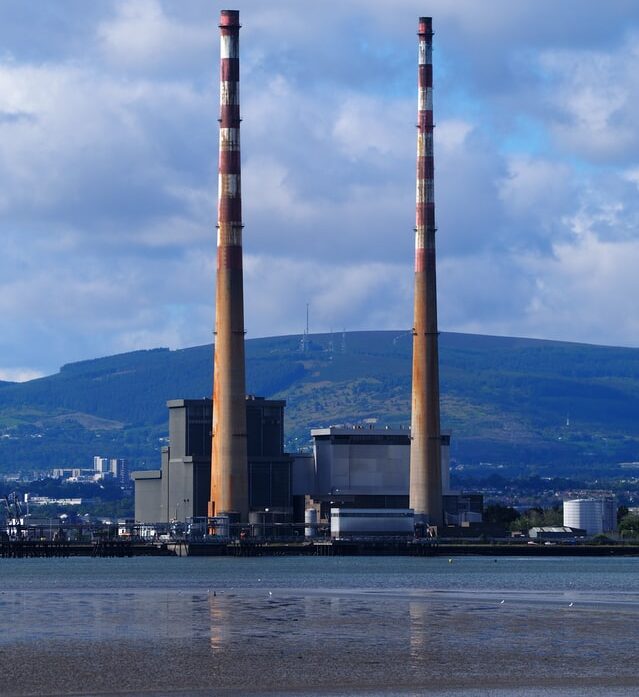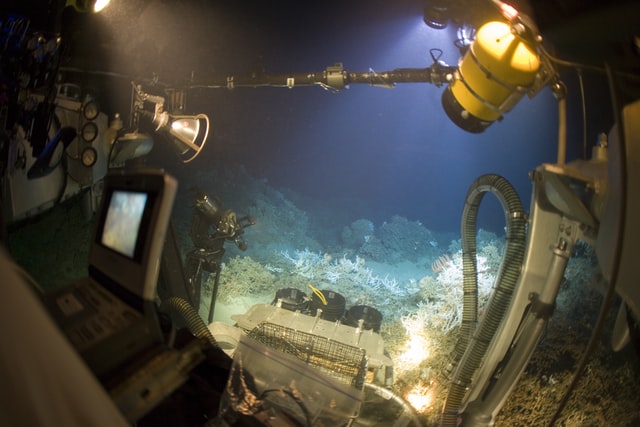Published examples
The ClearWater Sensors lab-on-chip chemical sensors were originally developed at the National Oceanography Centre, where over 200 units were built for deployment around the world). Some of the published use-cases are presented below.

Phosphate sensor on an underwater glider
Small size and low power requirements make ClearWater Sensors nutrient sensors are ideal for deployment on autonomous vehicles.
Scientists at National Oceanography Centre in the UK deployed a phosphate sensor on a Konsgberg Seaglide for 44 days, covering a 120 km transect in the North Sea. They observed surface depletion above a seasonal thermocline, with elevated and variable concentrations (0.30–0.65 μM) in bottom waters caused by regional circulation and across shelf exchange.

Phosphate in coastal waters
ClearWater Sensors nutrient sensors can measure across the salinity gradient and at varying turbidity levels in coastal waters.
In this study, lab-on-chip phosphate sensors were deployed in two contrasting coastal environments (Southampton Water, UK, and Kaneohe Bay, Oahu, Hawaii). The sensors measured phosphate concentrations ranging from a minimum of 0.07 μM in Kaneohe Bay to 2.8 μM in Southampton Water.
The sensors were configured to measure hourly, exactly on the hour.

Iron and manganese in coastal waters
The ClearWater Sensors dissolved iron sensor is suitable for freshwater and coastal environments, where it can measure both Fe(II) and Fe(III).
In this study, a dissolved iron sensor was deployed in Kiel Fjord, Germany. The sensor can also be adapted to measure dissolved manganese, as demonstrated by Geisslier et al. 2021.

Nitrate sensor deployed on a benthic lander
The ClearWater Sensors lab-on-chip sensors can be deployed as deep as 6000 m.
In this study, two lab on chip nitrate sensors were deployed on a benthic lander. One was configured to measure nitrate plus nitrite, while the other was configured to measure just nitrite.

High resolution nitrate measurements in glacial meltwater
High analytical performance and effective filtering mean that ClearWater Sensors nutrient sensors can even be deployed in low nutrient and high turbidity glacial meltwaters.
Glaciologists from University of Bristol used a lab-on-chip nitrate sensor to collect high resolution nutrient data from waters emerging from below the Greenland Ice Sheet.